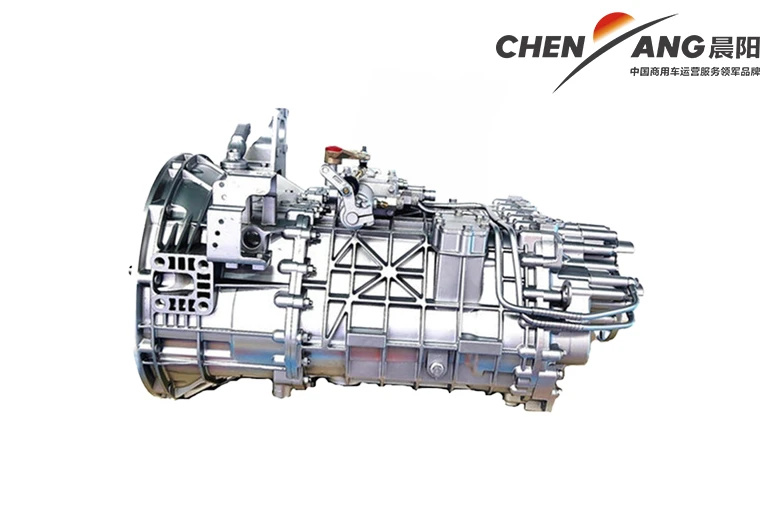tpms system
Understanding the TPMS System Enhancing Safety and Efficiency in Vehicles
Tire Pressure Monitoring Systems (TPMS) have become an integral part of modern vehicle safety features, reflecting a significant advancement in automotive technology. The primary function of TPMS is to monitor the air pressure inside the tires and alert the driver whenever the pressure falls below the recommended levels. This system is crucial not only for vehicle performance but also for ensuring safety on the road.
.
The TPMS can be categorized into two main types direct and indirect systems. The direct TPMS uses pressure sensors located in each tire that transmit real-time data regarding tire pressure to the vehicle’s onboard computer. This data is displayed on the driver's dashboard, allowing for immediate action if any tire pressure is critically low. On the other hand, the indirect TPMS does not monitor tire pressure directly. Instead, it relies on the vehicle's Anti-lock Braking System (ABS) sensors to detect changes in the rotational speed of the tires. If a tire is under-inflated, it will have a different rotation rate compared to the others, and the system will trigger a warning light on the dashboard.
tpms system

The implementation of TPMS has been mandated in several countries, reflecting its significance in promoting road safety and preventing accidents. In the United States, the TREAD Act, enacted in 2000, requires all passenger vehicles to equip TPMS, ensuring that drivers receive timely alerts about their tire conditions. This regulatory requirement has led to a noticeable increase in the awareness of tire maintenance among vehicle owners.
Apart from safety concerns, the TPMS also contributes to improved fuel efficiency. Properly inflated tires reduce rolling resistance, which means that the engine does not need to work as hard to move the vehicle. This, in turn, results in lower fuel consumption, bringing both economic benefits to the driver and environmental advantages through reduced emissions.
Maintaining your TPMS is also essential for it to function effectively. Regular checks and recalibrations, especially after tire rotations or changes, are vital to ensure accurate readings. Drivers should also familiarize themselves with the warning lights associated with the TPMS. A blinking light typically indicates a malfunction in the system, while a steady light signifies that at least one tire is significantly under-inflated.
In conclusion, the TPMS is a critical component in modern vehicles, serving as a guardian of tire safety and performance. By providing drivers with real-time information about tire pressure, TPMS plays a vital role in preventing accidents, enhancing fuel efficiency, and promoting responsible vehicle maintenance. As technology continues to evolve, the TPMS may become even more sophisticated, providing additional features that enhance safety and efficiency on our roads. Embracing this technology will undoubtedly lead to safer driving experiences for everyone.
-
SINOTRUK HOWO 84 Electric Dump Truck for Eco-Friendly Heavy HaulingNewsJul.26,2025
-
The Fast 16-Gear Manual Transmission Assembly for Heavy TrucksNewsJul.25,2025
-
Mercedes Benz Actros 1848 42 Tractor Truck for Sale - Reliable PerformanceNewsJul.24,2025
-
High-Quality Water Pump Assembly for Sinotruk Trucks – Durable & ReliableNewsJul.23,2025
-
Premium Truck Engine Antifreeze Coolant Fluid for Heavy Duty VehiclesNewsJul.22,2025
-
FOTON View G7 Mini Bus: Affordable & Spacious TransportNewsJul.22,2025
Popular products

























